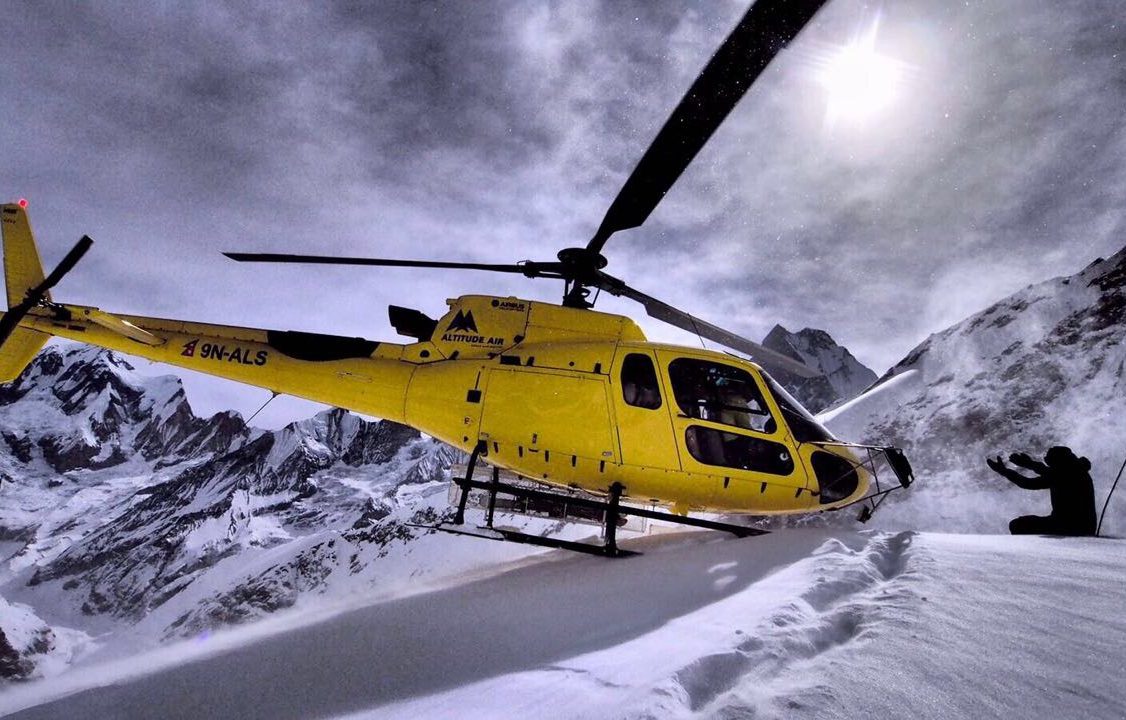
- Duration :
- 4.5 Ratings
Everest Base Camp Helicopter Tour
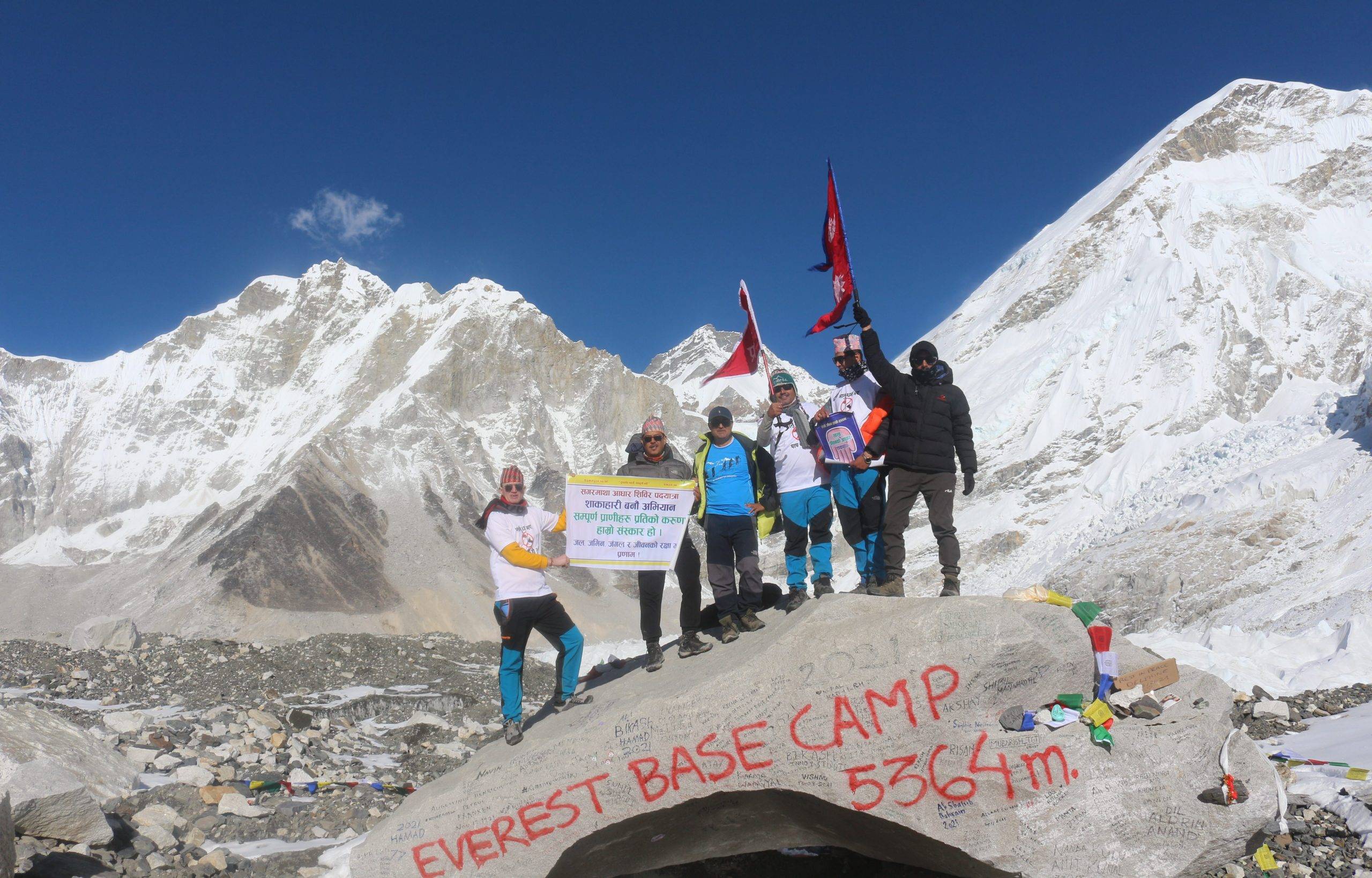
- Duration : 14 Days
- 4.5 Ratings
Everest Base Camp Trek
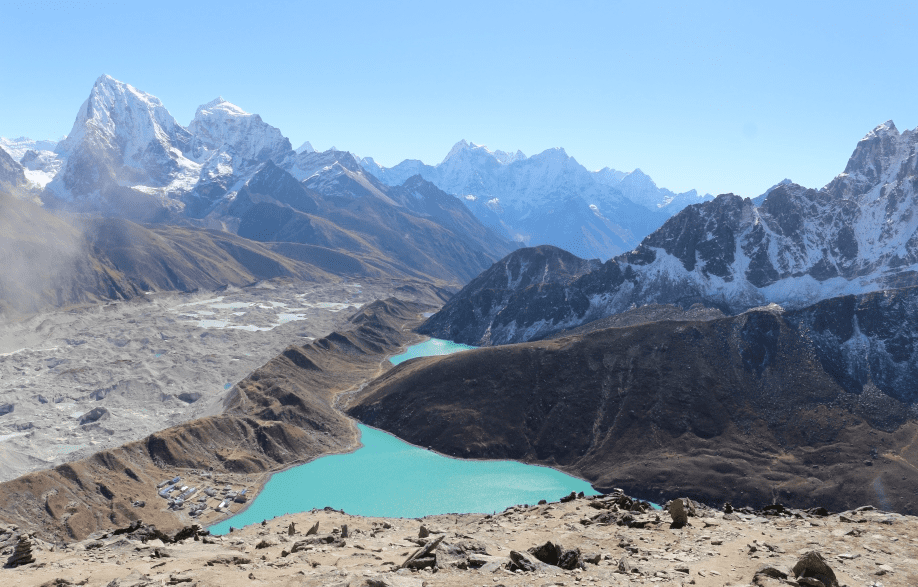
- Duration : 19 Days
- 4.5 Ratings
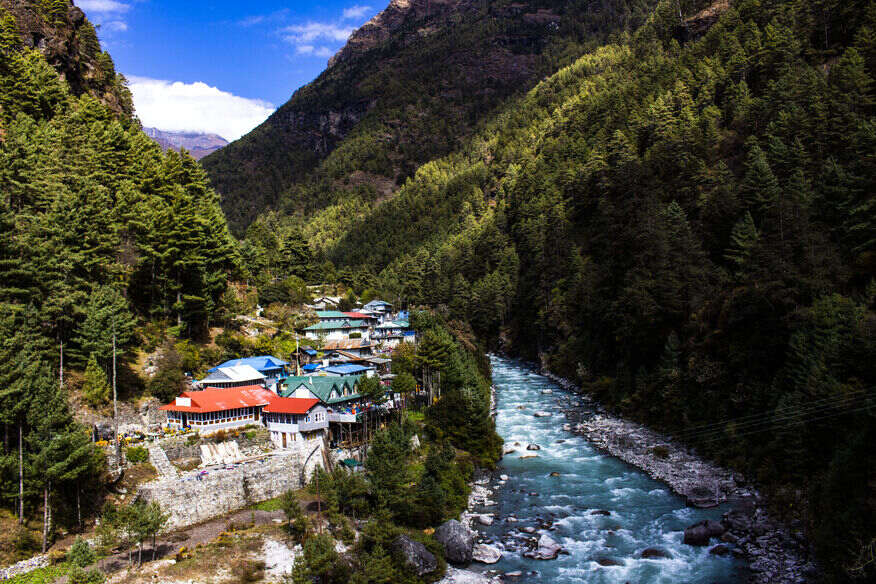
/ Photos
The Everest View Trek is an exhilarating short trekking experience in the Khumbu region of Nepal, perfect for adventure enthusiasts who wish to witness the majestic Mt. Everest without undertaking a strenuous journey to Everest Base Camp. This 5-day itinerary begins with an exciting flight from Kathmandu to Lukla, one of the world’s most dramatic airstrips. From there, the trek leads to charming villages, lush rhododendron forests, and breathtaking mountain vistas, with stops at iconic locations like Phakding and Namche Bazaar. The highlight of the trek is a visit to the Hotel Everest View, the highest-altitude hotel in the world, offering a panoramic glimpse of Everest and its neighboring peaks.
This trek is designed for individuals with a moderate fitness level and limited time. It allows trekkers to immerse themselves in Sherpa culture, explore vibrant markets, and experience the serenity of the Himalayas. Along the route, trekkers encounter prayer wheels, fluttering prayer flags, and stunning suspension bridges, all set against the backdrop of snow-capped mountains. The trek is a great introduction to the Khumbu region’s natural beauty and rich heritage.
The Everest View Trek is not only about mountains but also about the unique cultural encounters. Travelers can explore the bustling Namche Bazaar, the heart of Sherpa commerce, and visit local monasteries. The journey provides a perfect balance of adventure, culture, and breathtaking landscapes, making it an unforgettable Himalayan experience.
The Everest View Trek provides some of the most spectacular mountain vistas in the world. The trek to the Hotel Everest View offers an unobstructed panorama of towering peaks, including Mt. Everest (8,848m), Lhotse (8,516m), Ama Dablam (6,812m), and Thamserku (6,608m). The morning views from this hotel are breathtaking as the sunlight illuminates the snow-covered summits, creating an ethereal glow.
Apart from Everest, trekkers are treated to diverse landscapes throughout the route. The lush forests of Sagarmatha National Park are home to rhododendrons, pines, and junipers. The sparkling waters of the Dudh Koshi River and the deep gorges framed by towering cliffs add to the visual delight. Each turn of the trail offers new perspectives of the Himalayan giants, making it a photographer’s paradise.
The interplay of nature and culture enhances the beauty of the trek. Prayer flags fluttering in the wind, mani walls with intricate carvings, and ancient monasteries set against the backdrop of the mountains create a sense of peace and spirituality. This blend of natural grandeur and cultural richness makes the Everest View Trek unforgettable.
Lukla is the gateway to the Everest region, known for its thrilling Tenzing-Hillary Airport. Nestled at an altitude of 2,860 meters, this small town is surrounded by rolling hills and towering peaks. It serves as the starting point for most Everest treks, bustling with trekkers, guides, and porters. Lukla offers various amenities, including guesthouses, restaurants, and gear shops, making it a convenient starting base for adventurers.
Phakding, located at an elevation of 2,610 meters, is a serene village along the Dudh Koshi River. It is a popular first stop for trekkers heading toward Namche Bazaar. The village is known for its peaceful ambiance, prayer wheels, and small monasteries. Trekkers often take a leisurely walk through its surroundings, enjoying the views of pine forests and distant peaks.
Namche Bazaar, at 3,450 meters, is the bustling heart of the Khumbu region. This vibrant town is a central hub for trekkers, traders, and locals. With colorful markets, bakeries, and gear shops, Namche offers both cultural and modern comforts. Visitors can explore Sherpa culture, visit museums, and enjoy incredible views of mountains like Thamserku and Kongde Ri. It also serves as an acclimatization stop for higher-altitude treks.
Trekking Routes offers a well-organized and reliable trekking experience with a focus on safety, comfort, and authenticity. Our experienced guides ensure trekkers have a smooth journey, providing insights into local culture and history. We prioritize your safety by monitoring acclimatization and ensuring the itinerary suits your pace and needs.
Choosing us means enjoying carefully selected accommodations that blend comfort with local charm. We also emphasize sustainable tourism, working closely with local communities to preserve the environment and cultural heritage. Our porters and staff are well-trained, ensuring ethical practices and fair treatment.
With Trekking Routes, you can focus on enjoying the trek while we handle logistics, permits, and other essentials. Our personalized approach caters to solo trekkers, groups, and families, ensuring an unforgettable experience in the Everest region.
The journey begins with a thrilling 30-minute flight from Kathmandu to Lukla, a gateway to the Everest region. This short flight offers breathtaking aerial views of the Himalayan range. Upon landing at Lukla, you’ll meet your trekking team and begin the trek to Phakding, a picturesque village located at 2,610 meters. The trail descends through lush forests, small Sherpa settlements, and alongside the Dudh Koshi River. The trek is relatively easy, allowing time to acclimatize and enjoy the surrounding beauty. Overnight stay at a teahouse in Phakding.
After breakfast, the trek to Namche Bazaar begins, a challenging but rewarding day. The trail crosses several suspension bridges, including the famous Hillary Bridge, adorned with colorful prayer flags. As you enter Sagarmatha National Park, you’ll witness diverse flora and fauna. Gradual ascents lead to the first glimpse of Mount Everest. After approximately 6 hours of trekking, you reach Namche Bazaar, a vibrant Sherpa hub at 3,450 meters. The bustling town offers panoramic mountain views and modern amenities. Overnight at a teahouse in Namche.
This day is dedicated to acclimatization and exploring the stunning vistas of the Everest region. The trek to the Hotel Everest View, located at 3,880 meters, is relatively short but offers breathtaking panoramas of Everest, Lhotse, Ama Dablam, and Thamserku. Enjoy a relaxed morning at the world’s highest-altitude hotel while soaking in the views. After lunch, descend back to Namche Bazaar, where you can explore local shops, bakeries, and cultural landmarks. Overnight stay in Namche.
Retrace your steps to Lukla, covering approximately 6-7 hours of trekking. The trail takes you through beautiful forests, Sherpa villages, and the familiar suspension bridges. This descent offers a chance to reflect on your journey while enjoying the scenery. Arriving in Lukla, you can celebrate the completion of your trek with your team. Overnight stay at a teahouse in Lukla.
The final day starts with a morning flight from Lukla back to Kathmandu. Enjoy the last aerial views of the Himalayan peaks before landing. Once in Kathmandu, you can spend the rest of the day relaxing, shopping, or exploring the city’s cultural sites.
The ideal time for the Everest View Trek is during spring (March to May) and autumn (September to November), as these seasons provide the most favorable weather and clear skies for mountain viewing. In spring, the rhododendron forests come alive with vibrant blooms, adding splashes of color to the trails. Temperatures are mild during the day, making it comfortable for trekking, while mornings and evenings remain cool. Autumn is equally stunning, with crisp air and stable weather conditions offering the clearest views of Mt. Everest and surrounding peaks. These months also attract a vibrant trekking community, making it an excellent opportunity to meet fellow adventurers. Winter (December to February) and monsoon (June to August) treks are possible but come with challenges like colder temperatures or frequent rainfall.
The Everest View Trek is categorized as an easy to moderate trek, making it accessible to a wide range of travelers, including beginners and families. The trails are well-maintained, and the daily walking hours range from 4 to 7, allowing for manageable progress without overexertion. While the altitude of this trek peaks at around 3,880 meters at the Hotel Everest View, proper pacing and acclimatization prevent altitude sickness. With no technical climbing involved, the trek is suitable for anyone with a reasonable fitness level and enthusiasm for adventure. It is an excellent choice for those wanting to experience the Himalayas’ charm without enduring the physical demands of more challenging routes.
During the Everest View Trek, accommodations are typically in teahouses or lodges. These are small, family-run establishments offering a blend of basic comfort and local hospitality. Rooms are simple but clean, with twin beds and warm blankets. Most teahouses provide communal dining areas heated by wood or yak dung stoves, creating a cozy environment for socializing with fellow trekkers. Hot meals, prepared with fresh local ingredients, are served three times a day. Some lodges offer amenities like Wi-Fi and hot showers, though these may come at an extra cost. Staying in teahouses not only provides a comfortable resting place but also allows you to experience Sherpa culture up close.
The culinary experience along the Everest View Trek is a delightful blend of local and international flavors. Teahouses serve hearty meals to keep trekkers energized, with options like dal bhat, a staple Nepali dish of lentil soup, rice, and vegetables, known for its unlimited servings. Tibetan influences can be seen in dishes like momo (steamed dumplings) and thukpa (noodle soup). Western options like pancakes, pasta, and fried rice are also available. Snacks, hot tea, and coffee are offered throughout the day, while fresh bakery items can be enjoyed in Namche Bazaar. To stay hydrated and avoid altitude sickness, drinking plenty of fluids is crucial, with safe water options such as boiled water or bottled water available at most stops.
Though the Everest View Trek does not reach extreme altitudes, the effects of being at higher elevations can still be felt. The gradual ascent helps your body acclimatize naturally, and it’s essential to listen to your guide’s advice to prevent altitude sickness. Symptoms like headaches, dizziness, or shortness of breath may occur if precautions are not taken. Staying hydrated, eating balanced meals, and avoiding alcohol are vital for minimizing risks. Rest days, such as the acclimatization day in Namche Bazaar, further enhance your body’s adjustment to the altitude. In rare cases of severe symptoms, guides are trained to manage emergencies and arrange for descent or evacuation if needed.
Packing wisely is crucial for a comfortable trekking experience. Essentials include sturdy trekking boots that are broken in, warm thermal layers, a waterproof and windproof jacket, and trekking pants. Accessories like gloves, a beanie, and a sun hat are necessary for temperature fluctuations. Sunglasses with UV protection, sunscreen, and lip balm are essential for protecting against the intense sun at high altitudes. A lightweight daypack should be used to carry daily essentials such as a water bottle, snacks, and a camera. For added comfort, consider packing a sleeping bag liner, power bank, and trekking poles. Your trekking company will provide a detailed packing list tailored to the season.
Two permits are mandatory for the Everest View Trek: the Sagarmatha National Park Entry Permit and the TIMS (Trekkers’ Information Management System) card. The Sagarmatha National Park permit allows access to the protected area, home to unique flora and fauna. The TIMS card ensures your safety by tracking your location in case of emergencies. Both permits can be arranged by the trekking company, saving you time and hassle. It’s important to carry copies of your passport and passport-sized photos for the application process. These permits contribute to the conservation of the region and support local communities.
Hiring experienced guides and porters enhances your trekking experience significantly. Guides are knowledgeable about the trail, local culture, and safety protocols, ensuring you navigate the trek with ease. They share fascinating insights into Sherpa traditions and mountain life. Porters carry heavy luggage, allowing you to focus on enjoying the trek without being burdened by weight. Trekking companies prioritize ethical practices, ensuring guides and porters are fairly compensated and provided with proper gear. Traveling with guides and porters also promotes sustainable tourism by creating job opportunities for local communities.
The Everest View Trek is a short trekking experience in the Everest region, offering spectacular views of Mt. Everest and surrounding peaks without going to the base camp.
This trek is graded as easy to moderate and is suitable for beginners with average fitness levels. No prior trekking experience is required.
The trek takes 5 days, including the flights to and from Lukla and the trekking days.
Spring (March to May) and autumn (September to November) are the best seasons for clear weather and breathtaking views.
No, prior experience is not required. This trek is beginner-friendly with manageable ascents and descents.
Yes, you need a Sagarmatha National Park Entry Permit and a TIMS card. These will be arranged by the trekking company.
You will stay in teahouses or lodges that offer basic amenities, meals, and a warm bed.
The highlights include breathtaking views of Everest, exploring Sherpa culture, visiting Namche Bazaar, and staying at the Hotel Everest View.
Altitude sickness is minimal on this trek as it does not reach extreme heights. Proper acclimatization and hydration will help.
Trekking Routes provides expert guides, seamless logistics, ethical practices, and a personalized trekking experience, ensuring safety and comfort.



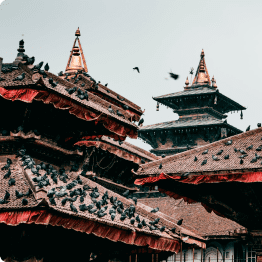
Devraj is the best! could not have asked for a better guide. cool, calm, and collected. you won’t regret it!!
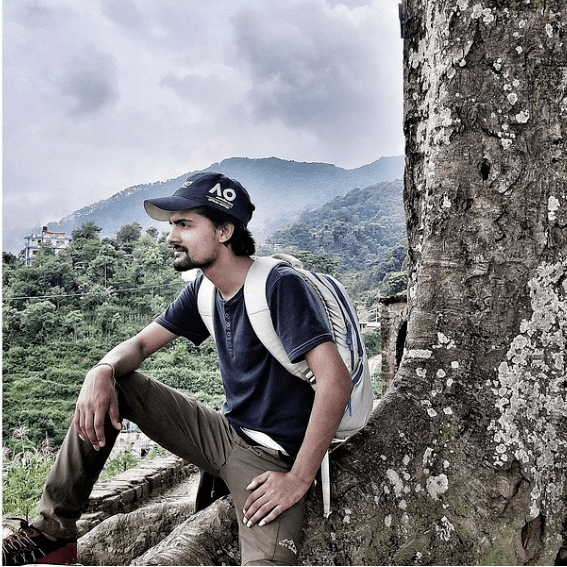
Exciting hiking to the hill of Ichangu Narayan. The flawless environment with prefect hiking condition.
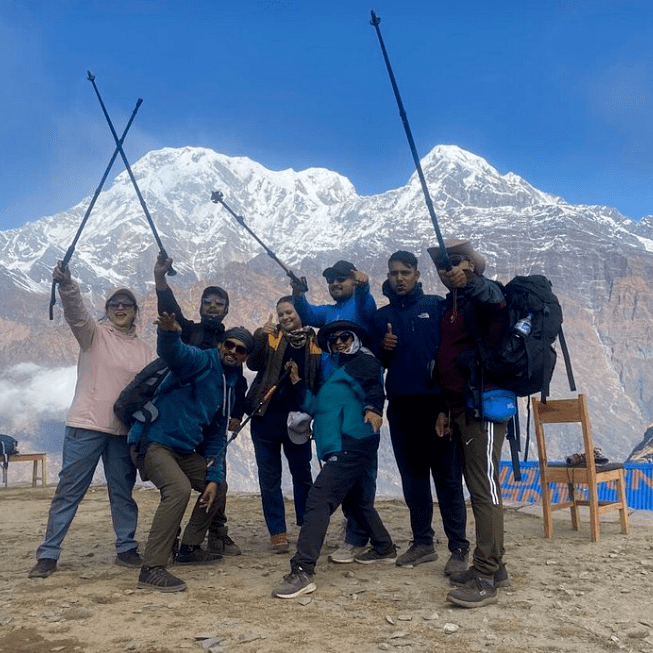
The best trekking agency ever. Guide were very cooperative and supportive.every thing here organized were of good manner.loved my trip to mardi with this team 😊
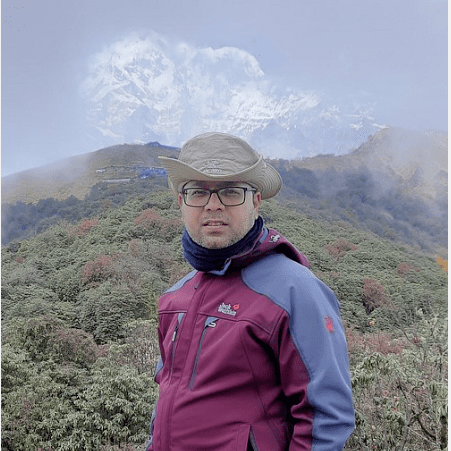
Trip to mardi was great. Amazing guide and strong porter. I felt great watching estonishing view of Machhapuchhre and Mardi himalayas.